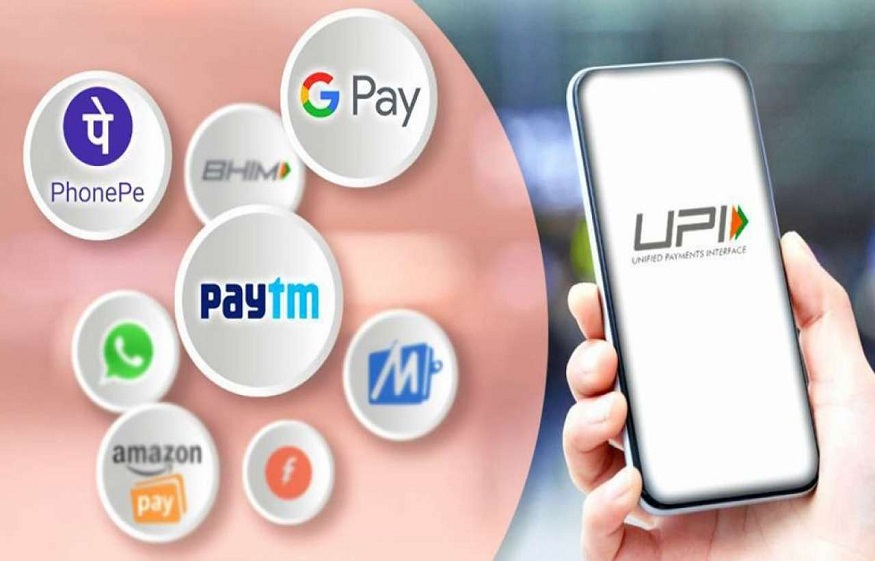
In the world of business-to-business (B2B) marketing, lead generation and demand generation are two essential strategies that help companies attract and acquire customers.
While these terms are sometimes used interchangeably, they actually represent distinct approaches to driving business growth.
Understanding the differences between B2B lead generation and demand generation is crucial for marketers to create effective campaigns tailored to their specific objectives.
Let’s delve into the dissimilarities and explore how each strategy contributes to business success.
What is B2B Lead Generation?
B2B lead generation focuses on identifying and capturing potential customers who have expressed interest in a company’s products or services.
The primary goal is to collect contact information, typically in the form of email addresses, phone numbers, or other relevant details that allows sales teams to initiate direct communication with prospects.
Lead generation activities are centered on creating offers, such as whitepapers, eBooks, webinars, or demos, which are promoted through various channels to attract leads.
Once leads are acquired, they enter a nurturing process where marketers provide them with relevant content, personalized experiences, and targeted communications to move them further down the sales funnel.
Lead generation tactics often include:
- Content marketing: Creating and promoting informative and valuable content to attract potential customers and encourage them to provide their contact details.
- Landing pages and forms: Designing dedicated landing pages with lead capture forms to gather information from interested prospects.
- Email marketing: Sending targeted email campaigns to nurture leads, build relationships, and encourage conversions.
- Social media marketing: Leveraging social platforms to engage with potential customers, share valuable content, and drive lead generation.
- Search engine optimization (SEO): Optimizing website content to rank higher in search engine results and attract organic traffic.
The ultimate objective of B2B lead generation is to identify and qualify potential customers who are more likely to convert into paying customers, allowing sales teams to focus their efforts on prospects with higher purchase intent.
What is B2B Demand Generation?
B2B demand generation, on the other hand, takes a broader approach to marketing.
It aims to create awareness, generate interest, and build relationships with target audiences, even before they express a specific interest in a company’s products or services.
Demand generation strategies are designed to stimulate curiosity, educate prospects, and position the company as a trusted industry authority.
Unlike lead generation, which focuses on capturing individual leads, demand generation aims to drive overall demand and brand affinity.
Key components of B2B demand generation include:
- Branding and positioning: Developing a strong brand identity and unique value proposition to differentiate the company from competitors and attract target audiences.
- Content marketing: Creating and distributing valuable content that addresses the pain points and challenges of the target market, positioning the company as a thought leader.
- Thought leadership initiatives: Publishing industry insights, research reports, or conducting webinars and events to establish the company as an expert in its field.
- Influencer marketing: Collaborating with industry influencers and experts to expand reach, credibility, and drive interest in the company’s offerings.
- Account-based marketing (ABM): Targeting specific accounts or companies with personalized campaigns to create demand and build relationships with key decision-makers.
B2B demand generation focuses on creating a positive brand image, establishing trust, and influencing the overall market perception.
By nurturing prospects at an early stage of their buyer’s journey, demand generation aims to build a strong pipeline of potential customers, even before they become individual leads.
Key Differences between B2B Lead Generation and Demand Generation
While both B2B lead generation and demand generation contribute to business growth, they differ in several key aspects:
- Focus: Lead generation is primarily concerned with capturing and converting individual leads, while demand generation focuses on creating awareness, generating interest, and building relationships with target audiences.
- Timing: Lead generation targets prospects that have already shown interest in the company’s offerings, while demand generation aims to reach a wider audience and engage potential customers even before they exhibit purchase intent.
- Metrics: Lead generation success is measured by the number and quality of leads generated, conversion rates, and sales revenue. Demand generation metrics focus on brand awareness, reach, engagement, and overall market perception.
- Approach: Lead generation employs more direct and personalized tactics to capture leads, such as targeted content offers and one-on-one nurturing. Demand generation takes a more comprehensive and strategic approach to engage with the broader market through thought leadership, educational content and brand-building initiatives.
- Sales alignment: Lead generation activities are closely tied to the sales process, with the goal of delivering qualified leads to sales teams for conversion. Demand generation aims to create a steady stream of potential customers, aligning marketing and sales efforts to cultivate long-term relationships.
- Audience targeting: Lead generation focuses on targeting specific individuals or companies that have shown interest in the company’s products or services. It employs more targeted and personalized tactics to capture their information. Demand generation, on the other hand, targets a broader audience and aims to create awareness and interest among a wider pool of potential customers.
- Buyer’s journey stage: Lead generation typically targets prospects who are in the middle or bottom of the sales funnel, where they are actively considering a purchase decision. Demand generation, however, focuses on engaging prospects at various stages of the buyer’s journey, including those who may be in the early awareness or research phase.
- Messaging and content: Lead generation campaigns often involve more product-specific messaging and content that directly addresses the pain points and needs of potential customers. The content is geared towards convincing prospects to take a specific action or make a purchase. In contrast, demand generation campaigns tend to focus on educational and thought leadership content that positions the company as a trusted advisor and seeks to build long-term relationships.
- Conversion goals: The primary conversion goal in lead generation is to get prospects to take a specific action, such as filling out a form, requesting a demo, or making a purchase. In demand generation, the conversion goals are broader and may include actions such as subscribing to a newsletter, following the company on social media, attending webinars or events, or downloading educational content.
- Sales cycle length: Lead generation campaigns are often associated with shorter sales cycles as they target prospects that are already in the consideration stage and closer to making a purchase decision. Demand generation campaigns, on the other hand, are more focused on building brand awareness and relationships, which may require a longer sales cycle to nurture prospects and move them through the funnel.
- Measurement and ROI: Lead generation efforts are typically measured by metrics such as conversion rates, cost per lead, and return on investment (ROI) based on the revenue generated from converted leads. Demand generation success is often measured by metrics like brand reach, engagement metrics (such as website traffic, social media interactions), brand sentiment, and long-term customer loyalty.
Conclusion
B2B lead generation and demand generation are two distinct but complementary strategies in the marketing toolbox.
Lead generation focuses on capturing and converting individual leads with higher purchase intent, while demand generation aims to create overall brand awareness, interest, and relationships with target audiences.
By employing both strategies strategically and aligning them with business objectives, everyone from any performance agency, digital agency and B2B marketers can generate a consistent flow of qualified leads and build a strong foundation for sustainable business growth.







